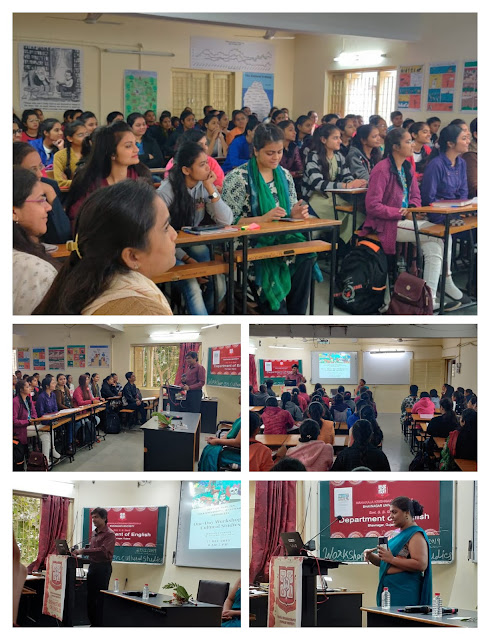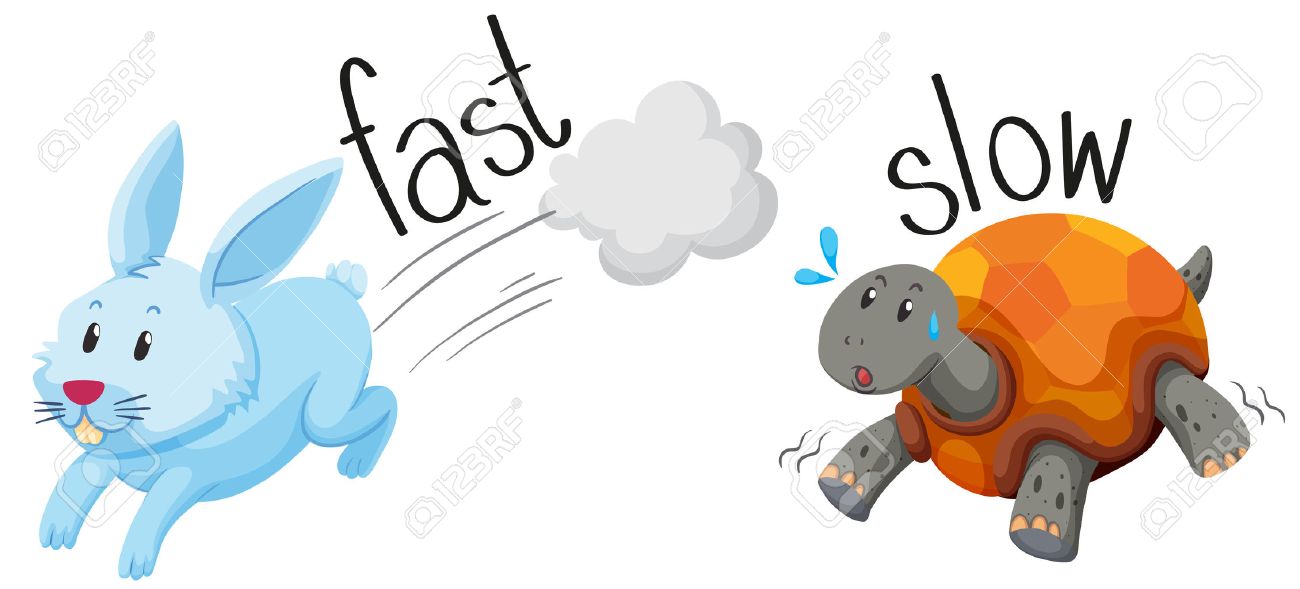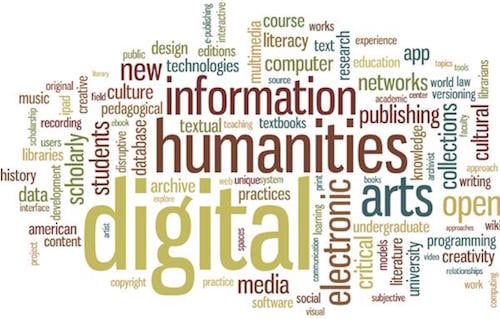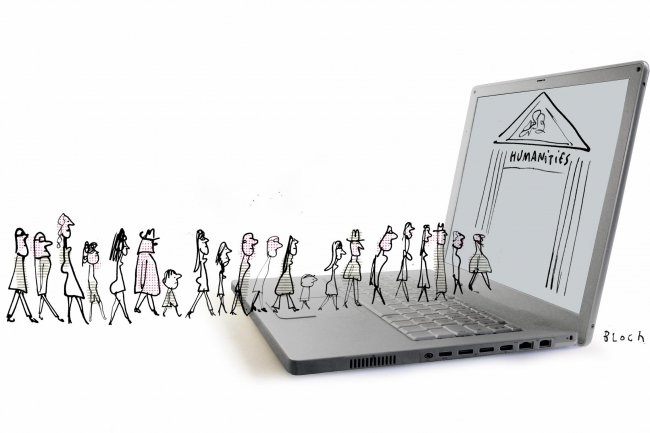(3) Laputa: – Floating island - The Whore Here I put image about that idea New Historicism is Historisze of history like.
American Multiculturalism includes:
American political history and we witness bloodshed and atrocities in the name of racism. Fifty years later, if we look at the matter now, we find the idea of race and ethnicity has evolved over the years. Social scientists believe that “race” is the whites’ construct rather than scientifically approved, to assign their privilege and dominance over the black. Interracial marriage is so widespread that the bicultural or multicultural American is the norm rather than the exception. With the huge influx of Mexican Americans, it is predicted that in 2050, English will no more be the national language and Anglo-American a majority.
African American Writers:
American Indian Writers:
Latin Writers Asian American writers:
Asian American Writers:
1). African American writers:
African American writer's subjects are multiple and the write about folk. Their writings target humankind. They are with “double consciousness.” African American Writing often displays a folkloric conception of a humankind; a “double consciousness,” as W.E.B. DuBois called it, arising from bicultural identity; irony, parody, tragedy and bitter comedy in negotiating this ambivalence; attacks upon presumed white cultural superiority; a naturalistic focus on survival’ and inventive reframing of language itself, as in language games liken “jiing,” sounding,” signifying,” and “rapping.”
2).Latin writers:
They belong originally to Mexico.Latina/o Writer Hispanic Mexican American, Puerto Rican Nuyarican Chicane may be Huizhou or Maya. Which names to use/ the choice after has political implications. We will use the term'' Spanish-speaking people in the United States. The majority of Mexican residents stayed in place, transformed into Mexican Americans with a stroke of the pen. One of the primary tropes in Latina/o studies has to do with the entire concept of borders-borders between nations, between cultures and cultures.
3). American Indian writer:
They are original American Red Indians.
In predominantly oral cultures, stalling passes and religious beliefs, moral values, political codes and practical lessons of everyday life. For American Indians stories are a source of strength in the face of centuries of silencing by Euro American.
4). Asian American Writers:
They are Asian immigrates Chinese women make up the targets and most influential group of Asian American writers. Asian American literature is written by people of Asian descent in the United States addressing the experience of living in a society that views them as alien. Asian immigrants were denied citizenship as late as the1950s. Edward said has written of Orientals, or the tendency to objectify and exoticism Asian, and their work has sought to respond to such stereotypes Asian American writer include Chinese Japanese, Korean Filipino, Vietnamese, Asian, Polynesian and many other peoples of as an Indian subcontinent, and pacific.
The idea that American identity is vested in a commitment to core values expressed in the American Creed and the ideals of Exceptionalism raises a fundamental concern that has been the source of considerable debate. Can American identity be meaningfully established by a commitment to core values and ideals among a population that is becoming increasingly heterogeneous? Since the 1960s, scholars and political activists, recognizing that the “melting pot” concept fails to acknowledge that immigrant groups do not, and should not, entirely abandon their distinct identities, embraced multiculturalism and diversity. Racial and ethnic groups maintain many of their basic traits and cultural attributes, while at the same time their orientations change through marriage and interactions with other groups in society. The American Studies curriculum serves to illustrate this shift in attitude. The curriculum, which had for decades relied upon the “melting pot” metaphor as an organizing framework, began to employ the alternative notion of the “American mosaic.” Multiculturalism, in the context of the “American mosaic,” celebrates the unique cultural heritage of racial and ethnic groups, some of whom seek to preserve their native language and lifestyle.
Postmodernism and popular culture:
“Postmodernism” is a term usually applied to the period in literature and literary theory since the 1960s, though some regard postmodernism as the prevailing intellectual mood since World War-2 ended in 1945. Numerous Philosophers, critics, and belletristic writers can be seen as precursors or early representatives of the cultural and aesthetic approach that would come to be called postmodernism, among them Martin Heidegger, Walter Benjamin, Bertolt Brecht, Jorge Luis Borges, and Roland Barthes. Postmodernism is characterized by a strikingly radical skepticism toward all aspects of western culture, the impetus for which many practitioners of the postmodern theory trace back to the writings of the nineteenth century, philosopher Frederic Nietzsche. Nietzsche’s spiritual descendants seek, in so many words, a new kind of meaning independent of the prevailing cultural “myth” of objective truth.
Postmodernism borrows from modernism disillusionment with the givens of society; a penchant for irony. The self-conscious “play “within the work of art: fragmentation and ambiguity; and a restructured, debentured, dehumanized subject. Recently the notions of met modernism, post-postmodernism and the ‘death of postmodernism’ have been increasingly widely debated in his introduction to a special issue of the journal 20th-century literature titled ‘After postmodernism’ that “declarations of postmodernism’s demise have become a critical commonplace”. The exhibition postmodernism- style and subversion 1970-1990 at the Victorian and Albert Museums was billed as the first however to document postmodernism as a historical movement.
Post-Colonial Studies:
Post-colonialism is a historical phase undergone by third world countries after the decline of colonialism, post-colonial theories.
Postcolonial literary theorists study the English language within the political zed context.
Gayatri Chakravorty Spivak is a postcolonial feminist who examined the effects of political independence upon “subaltern” sub proletarian women in the Third World. The critical nature of postcolonial theory entails destabilizing Western ways of thinking, therefore creating space for the subaltern or marginalized groups, to speak and produce alternatives to the dominant discourse. Often, the term postcolonialism is taken literally, to mean the period of time after colonialism. This, however, is problematic because the ‘once-colonized world’ is full of “contradictions, of half-finished processes, of confusions, of hybridist, and liminalities”.In other words, it is important to accept the plural nature of the word postcolonialism, as it does not simply refer to the period after the colonial era. By some definitions, postcolonialism can also be seen as a continuation of colonialism, albeit through different or new relationships concerning power and the control/production of knowledge. Due to these similarities, it is debated whether to hyphenate postcolonialism as to symbolize that we have fully moved beyond colonialism.


















